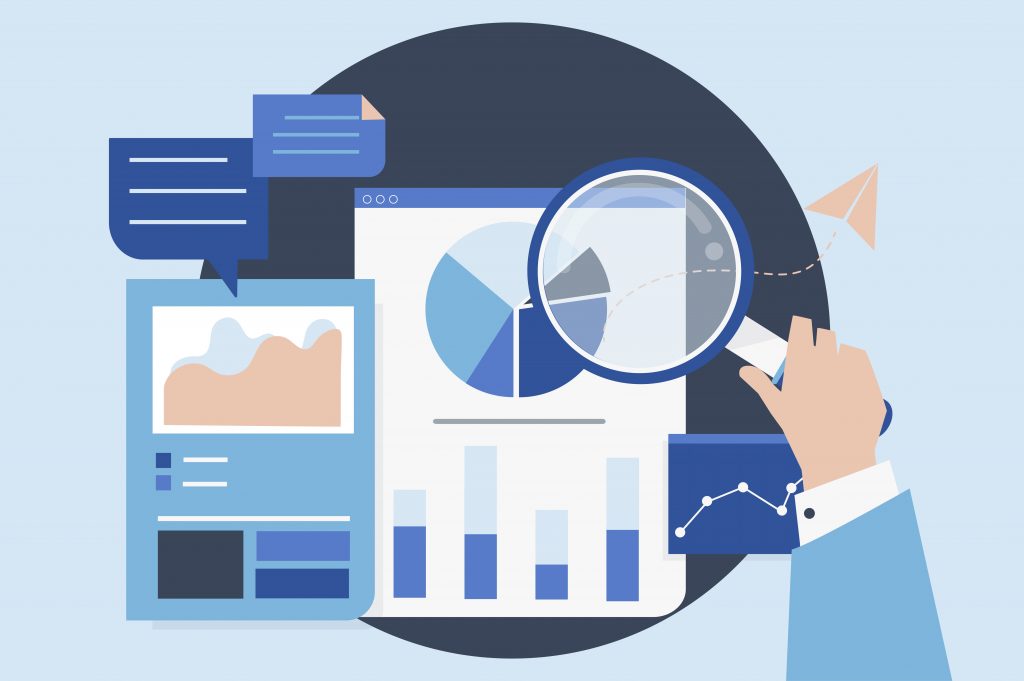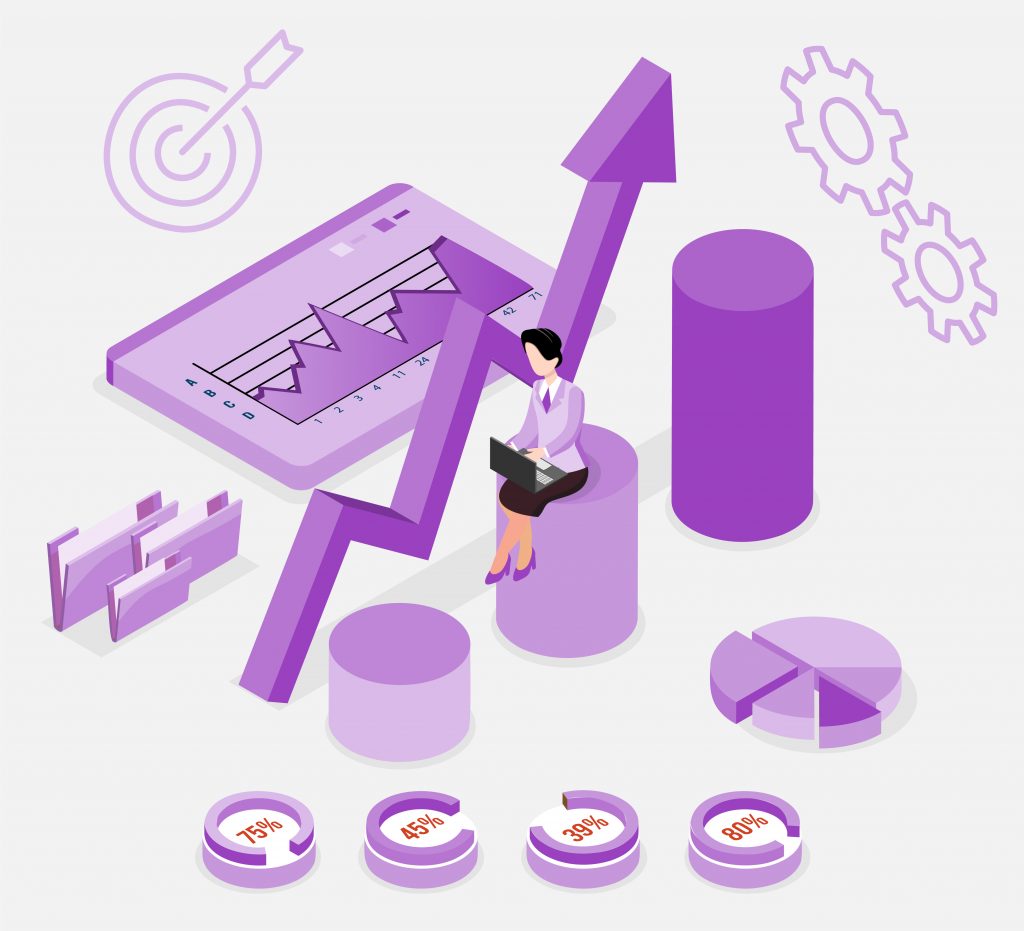You are interested in product development, right?
Have you ever heard the saying: “You learn by making mistakes”?
Fortunately, with access to information, today we have the possibility of learning many things from those who have already experienced something, and this allows you to overcome mistakes and problems with those who have already experienced that.
In this article about R&D, you will learn from those who have made mistakes when launching products.
Learning from other people's mistakes is a way to succeed without experiencing major problems and thus achieve success sooner.
Nobody is perfect, and that includes your company, so much so that within Research and Development, failure is an opportunity to change your attitudes and reorganize your routine.
When this error is well analyzed, you will certainly gain new and valuable skills.

The fear of making mistakes in product development
When you fail, the first thing that happens is that you discover that your way of doing things didn't work. So, we are ready for a new way to execute the activity or abort that project.
Before acting, it is essential that you reflect on the steps leading up to the error and get the most out of the information so you never make the same mistake again. Because to err once is human, twice is your choice!
The market tends to hide errors in products and even punish the professionals involved. And no one wants to be fired or put in the “refrigerator” of the professional market.
As if by miracle, companies want to be in the lead and maintain their position without leaving their comfort zone, even if to do so they need to penalize innovators without realizing it. What this environment generates: risk aversion, because no one wants to be punished or lose market share.
But this is very wrong! It is nothing new that it is by exploring the market that competitive advantage is achieved.
Or have you never seen the success of companies that take advantage of the term “blue oceans”?
We see the example of Casas Bahia, for example, by innovating focusing on niches C and D, with the delivery of meat cards to their consumers, they were able to expand and increase the reach of their target audience, their sales were increased exponentially.
Innovation and error: the limits of success
The main problem we have with limiting or sabotaging innovation is that it NEEDS testing and experimentation! And like everything in product development research, not every idea or product will work.
Planning, scenario assessment, prototype, market testing and launch of new items require costs that may not bring a return.
Most companies want to stay away from this, even if they don't talk about it openly.
The truth is that only those who make mistakes innovate!
In many cases, innovation was in-house and there was no need to look more closely at the professionals themselves!
Many companies are missing out on new service or product offerings because they don't allow mistakes and don't want to take risks. The fear of saying something and failing prevents the possibility of getting it right, have you thought about that?
Discovering new medicines, designing and investing in something radically new, designing an innovative product and testing the public's reaction in a new market are tasks that call for intelligent mistakes.
The big ones also make mistakes (and bad ones)! You might think that the big guys in the market don't make mistakes, right?
Because they have colossal resources, teams, technology and a lot of knowledge, but whether for silly reasons, or tool problems, as you can see some of these in our article on Excel.
But we have separated some cases to remind you and show that size doesn’t matter. The important thing is to understand, adjust quickly and reverse the scenario, learning from those who made mistakes when launching products.

1) BlackBerry
Just over 10 years ago, the symbol of corporate status and data security in mobile IT was with the Canadian manufacturer Research In Motion, owner of the famous Blackberry.
After the growth and arrival of Apple and Androids on the market, the company lost the corporate market and was unable to keep up with the evolution of the sector.
But the company hasn't tried to change? Yes, but they were failed products and projects: one after another. At first they seemed to be good, but they were definitely bad or late. An example: they launched a tablet called Playbook.
At the time of the iPad's rise, the product was 7 inches, had poor battery life and a limited app store. Its first version didn't even have native email or calendar.
The company that reached 20% of the smartphone market and was worth R$ 274 billion reais. Today it has 0% on the market. (Source: Macmagazine)
TIP: If you don't keep up with changes in your market, you will be run over by competitors that have not yet emerged. Be attentive, study and innovate whenever you can.
DON’T WAIT FOR THE COMPETITION TO CHANGE
2) Google
If there's one thing certain about your life today, it's that Google is part of it. Without a doubt, when opening a browser on your cell phone or computer, Google will be the first screen in more than 90% cases.
But does this guarantee that they don't make mistakes? No!
If you lived on the Internet in 2012 or watched some newspapers, you were certainly impacted by Google Glass!
Everyone wanted to test and learn about smart glasses from the largest technology company in the world. But the product was not yet ready for the market.
The first version of Google Glass was launched for developers and opinion leaders, such as journalists and technology experts.
The product was called Google Glass Explorer Edition and cost U$ 1,500. After 2 years it was removed from the market and discontinued.
We can list some problems that led to this end:
No one knew for sure how the product should be used (whether it was for everyday use or just in companies, for example),
Glass was a prototype and wasn't ready (in addition to being expensive, which attracted even more market attention)
There was the issue of privacy (the glasses have a camera on the front and send images to the Internet in real time).
How to convert an error into success?
A good example is Google Glass: its launch was not a mistake, making mistakes is part of it and being quick is essential.
The company understood the market, its defects and set out to make adjustments that are being applied to other company items.
The Glass project, as it was launched, no longer makes sense. But his legacy changed the way we use technology and you may not have realized it.
Based on many reports and interviews, Google introduced us to the future of Wearable Computing and the Internet of Things.
If today you are using a smartwatch and your home or car is increasingly connected, there is certainly a bit of Google Glass and its concepts in it.
Our top tip: share the failure! You will hardly be able to do a complete reflection on your own.
It is important to have the perspective of someone outside the company, the project or even your professional circle.
It's worth warning: you need to want to change. If it's word of mouth, this process can have the opposite effect.
Having the maturity to recognize failure and adjust the process in a new stage, without hindering your creativity, is what will differentiate your work in the future.
You must view mistakes as part of a learning process, almost like learning to ride a bicycle or car!
It gave you butterflies in your stomach leaving a parking lot or taking off the training wheels, right? Falling was part of this process.
So be firm and learn from your failures. Guilt or failure only invites the possibility of giving up on something that is innovative, always.
It may not be a commercial success, but it will bring a positive reflection and can take you even further with other ideas.
Experience counts a lot!
Did you know that in the USA, when looking for investment for a startup, many investors already favor those who have had unsuccessful businesses before?
This is because the experience certainly made them stronger and more prepared.
We took from a Harvard Business Review report some tips that can help us when we are talking about errors.
Let's find out how to design good mistakes?
A pilot project is designed to be successful, not what we call “smart mistakes”.
But how do you know if you're dealing with a truly useful pilot project?
Talk to your managers and see if they are answering yes to the items below:
Is the pilot project being tested under normal circumstances (not ideal conditions?)
Is the objective of the pilot to generate as much knowledge as possible (rather than to demonstrate the value of the proposed novelty)?
Is it clear that performance evaluations and compensation do not depend on a positive outcome for the pilot?
Were explicit changes made as a result of the pilot?

Innovating with perfection is our goal. But we know that we are all subject to possible failures, and they are essential. If you have any questions, please contact us and we will answer them.
4C Innovation is a company that has been working for years with innovation consultancy and product development, guiding everything from micro and small companies to large organizations to transform product ideas with sales success.
Continue reading our materials and subscribe to our fundraising newsletter to stay up to date with opportunities for your company.
Or if you want personalized service, contact us!



